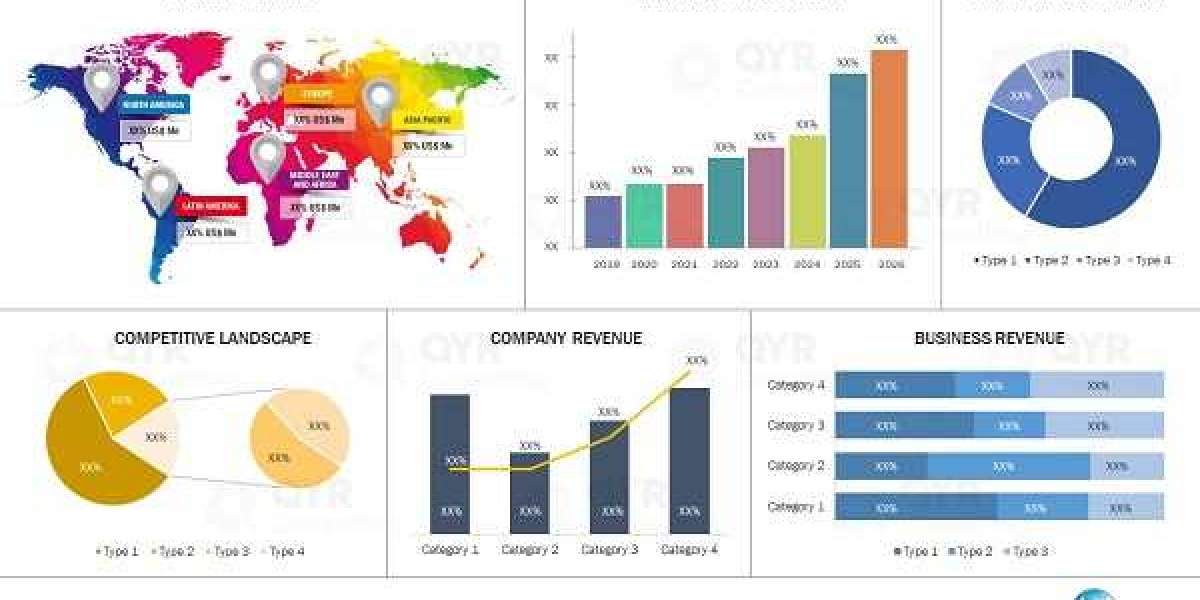Though aging is a natural process, it does not imply that your skin has to be the first to feel it. At the end of the day, everyone wants to look timeless, without lines and saggy-textured skin that is indicative of advancing age. Using the right skincare, the whole process itself might be eased, maintaining the youthful and basked-in-glow look we all covet. Retinol, the most efficient anti-aging substance, has been found to provide the heavy lifting by ramping up collagen, fostering cell turnover, and diminishing wrinkle appearance.
Our Retinol Serum for Anti-Aging-from Gutaderme is crafted to restore skin vitality, reduce fine lines, and rejuvenate your complexion. In this comprehensive guide, we will talk about the benefits of retinol, how it works, and how Gutaderme's serum could best fit into your skincare regimen.
What is Retinol and How Does it Help an Anti-Aging?
In much of the literature, retinol has forever been known to be the active ingredient in cosmetic science. It is a form of Vitamin A notorious for its activity in antiging capacity and skin remodeling. Much ado about retinol revolves around how it enhances skin regeneration or discards dead old cells and stimulates newfound cells to replenish a youthful tone and elastic texture and defy the aging process by restoring the collagen and hydrating the skin effectively.
Retinol is Crucial for Collagen Production
Collagen is responsible for the firm structure and youthful appearance of our skin. As we age, collagen decreases, resulting in sagging and fine lines. Retinol works against this, keeping the skin elastic and smooth.
Benefits of Gutaderme's Retinol Serum for Anti-Aging
1. Reduces Fine Lines and Wrinkles
The most common reason my patients tell me they use retinoids is for their collagen-pertinent ant-wrinkle activity. By increasing cell turnover and increase collagen production with deep wrinkle efficacy, Gutaderme's Best Retinol Serum smoothes lines and addresses restored youth in a minx.
2. Evens Spread of Tone and Makes Skin Smooth
As your skin age, you'll recognize an uneven texture, patches of dryness, and dull color. Therefore, this serum exfoliates the skin and aids in creating a rich medium for an improved, rejuvenated skin tone. Moreover, it heals age discolorations, sun stress, and sunburn pigmentation, working on making an even skin tone.
3. Boosting Collagen
Now speaking of the other aspect of retinol serum—concentrating on putting this visage back to its youth. Collagen is a key component that can maintain a firm, youthful appearance to it. The molecules for collagen decrease in its levels once someone has aged, resulting in sagging and wrinkles. Gutaderme Retinol Serum serves as a regulator in synthesizing collagen for the benefit of gemming up skin plumpness and further elasticity to fair-looking skin of the mature persona.
4. Minimizes Pore Size and Acne Healing
Apart from being an anti-aging giant, retinol is beneficial for acne treatments. It breaks down the pore suspiciously, as it helps this by reducing the output of oil, thus maintaining clearer pores in advance. Besides preventing breakouts, this will clear out worsened complexions better.
5. Deep Hydration for Skin-Loving Ingredients
Sometimes retinol can lead to dryness so the Gutaderme formula has been complemented by hydrating ingredients, ensuring the maintenance of hydration levels. Ingredients like Hyaluronic Acid and Vitamin E penetrate deep into the skin, storing air for the skin to stay beautiful and fuller.
From Where You Can Get the Most Out of Gutaderme's Retinol Serum
For best results, it is advisable to make good use of retinol. Here's how you can go about incorporating Gutaderme's Retinol Serum into your skincare routine:
Step 1: Begin with cleansing
Wash your skin with a gentle cleanser to get rid of dirt, oil, and makeup. This will enable better penetration of the serum into the skin.
Step 2: Apply a small amount of retinol serum.
Once your skin is stony dry, apply a pea-sized amount of Gutaderme's Best Retinol Serum on your face and neck. Pat the serum gently onto your skin with an upward motion to avoid dragging your skin, which may cause premature aging.
Step 3: Lock-in Hydration with Cream
Ensuring the protection of the skin from dryness requires the application of a hydrating moisturizer aftee using the serum. If your skin is extra-sensitized, apply a layer of moisturizer before the serum.
Step 4: Applying Sunscreen in the Morning
Retinol brings about the increase of skin sensitivity to sunlight. Therefore, every morning when you have a good report, use a broad-spectrum sunscreen (minimum SPF 30) in order to protect your skin from UV damage.
Step 5: Use Retinol at Night
Retinol works best at night because it becomes inactive when it is exposed to sunlight. First-time users should start by using it 2-3 times a week and gradually loading on until your skin responds to it.
Who Can Use Gutaderme's Retinol Serum?
This serum is recommended for anybody who desires:
✅ A reduction in wrinkles and fine lines
✅ Improvement in skin texture and brightness
✅ Evening-out of skin tone, dark spots fading
✅ Mitigating mild to medium acne
✅ Encouraging the production of collagen for firmer skin
It is suitable for all skin types, although those with sensitive skin should try using it sparingly for starters to avoid irritations.
FAQ
Q1: How soon does Gutaderme's Retinol Serum show results?
Results vary, but most users notice improvement in texture and radiance within 2-4 weeks. Diminishing fine lines and wrinkles have started to be observed after 6-8 weeks of continuous usage.
Q2: Can I use retinol every day?
Start with 2-3 times a week and gradually increase use to daily as tolerance builds.
Q3: Can I use retinol with Vitamin C?
Yes! They complement each other. While using Vitamin C Serum during the day, use Retinol Serum at night to gain maximum benefits.
Q4: Does retinol cause peeling or irritation?
Mild peeling and redness are common when you engage with them initially; nonetheless, consider using it sparingly and follow it with a moisturizer to avoid irritation.
Q5: Is this serum safe for sensitive skin?
Yes; attempt once a week and then thrice a week. In case of any form of irritahon, apply an adequate layer of moisturizer first.
Would You Prefer to Have Gutaderme's Retinol Serum Over Other Choices?
✔ Clinically Proven Formula: The serum is prepared with high-quality retinol combined with hydrating and soothing ingredients.
✔ No Harsh Chemicals: Excludes paraben, sulfate, and artificial fragrance.
✔ Dermatologist Recommended: Safe and effective for long-term use.
✔ Lightweight Fast Absorbing: Without leaving a greasy residue
✔ Suitable for All Skin Types: It's a clean and nourishing serum for all skin types for any condition regardless of age whether your skin is oily, dry, or combination.
Concluding Comments: Get Your Hands on Gutaderme's Retinol Serum
If you want the best retinol serum for anti-aging, Gutaderme's Retinol Serum should be your first choice! This is a super vitamin A serum, brightening up radiant radiance with a formula that fills in wrinkles, confronts collagen, improves texture, and moistures skin. This wonder serum saves your facial skin from time-consuming facial aloftiness through the years of maintaining candidate-source glowing and healthy skin.











